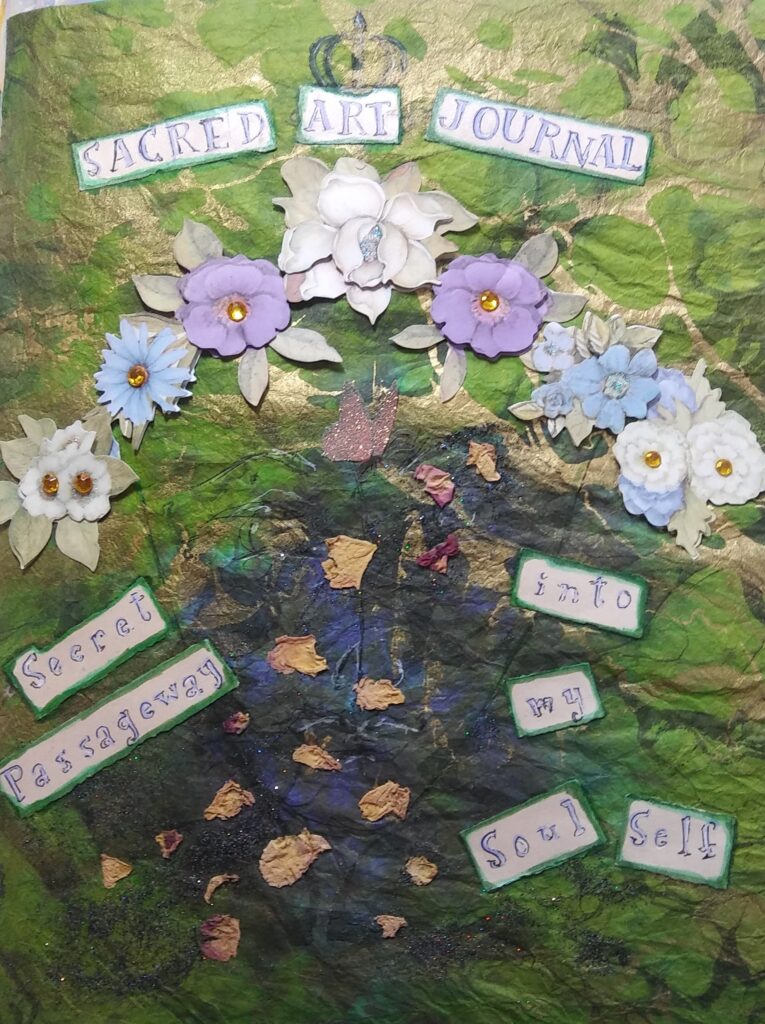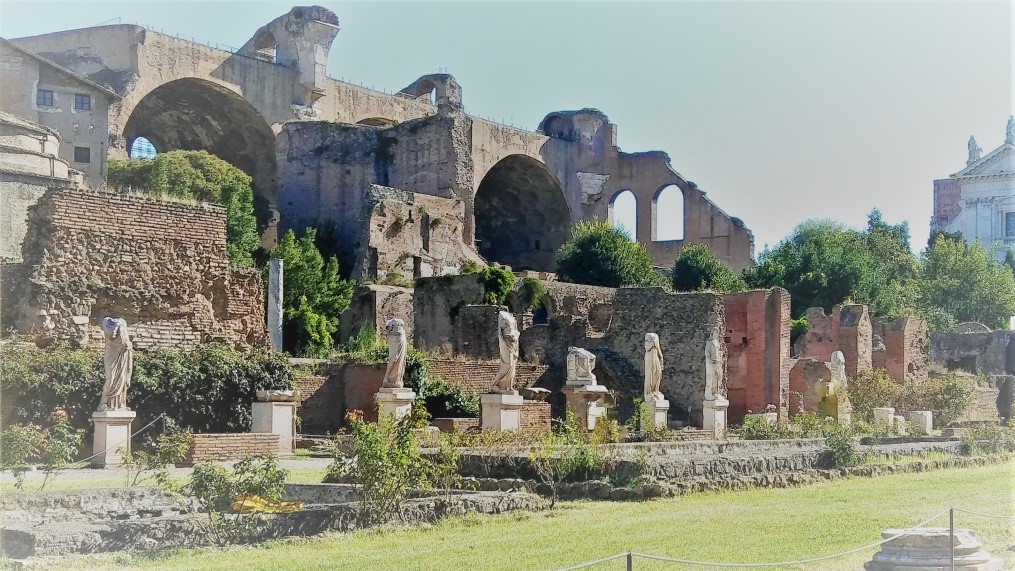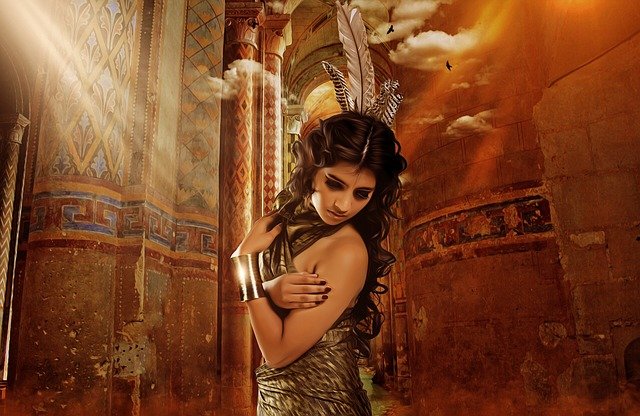Alchemy is All About the Goddess
Alchemy has historically been referred to as the “Magnum Opus” or “Great Work.” It is an arcane, mystical practice that varied from one alchemist to another. What historical writings we have were often written in code to protect its secret/esoteric character, but at its root level, alchemy is the practice of turning base matter (prime material) into gold. This is symbolic of the mortal human achieving perfection, and consequently a state of immortality.
But one crucial aspect of this process that is seldom fully appreciated is that the “base material” or “Prima Materia” is the “Earth Mother” or Goddess manifestation of creative Spirit.
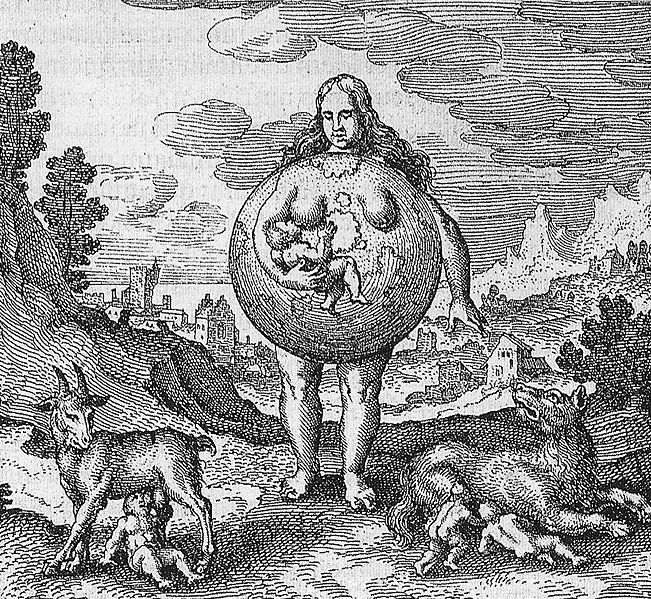
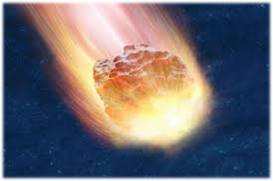
The practice of alchemy is rooted in ancient history. The Iron Age was the era of metallurgy, which was considered sacred due to the mysterious nature of meteors.
Since rocks were associated with Mother Earth, mountains, and caves. Flaming rocks from the heavens were auspicious Divine Mother messages of stability and fertility.
In addition, ancient mythology from various parts of the world ascribed to beliefs of a Sky God sending rain and thunderbolts to fertilize the Earth Goddess.
The practice of metallurgy (heating iron and other stones in a furnace) dates back to between 1200-1000 BCE in the mountains of Armenia.
With the rise of patriarchal religious associations at this time, iron accrued a mysterious sacred quality, because it changed forms and functions in fire. Therefore it came to signify transcendence, and in some places, it also signified the devil’s iron tools and weapons, because of its ambivalent nature.
Power over fire became a sacred ability, and the smith became a spiritual figure. The hammer and anvil characterized Greek and Roman gods like Zeus and Hephestus.
In Ancient Persia the Zoroastrian religion was based on fire sacrifice. The Hebrew Bible features sacred fire controlling figures like Melchezedek, and Moses’ communication with God took place within a burning bush.
In his book about the history of alchemy, The Forge and the Crucible, Mircea Eliade says that this is when humanity passed from religious cultures of creation to those of procreation, heirogamy, ritual union, and blood sacrifice.
Now, creation is effected by self-immolation. Creation involves sacrifice and a stunning realization that one must die in order to be reborn.

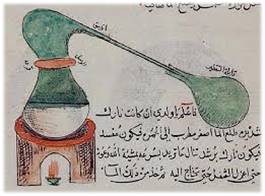
The first actual alchemical equipment on record is of Persian origin, and dates back to the first – third centuries CE.
Babylonian texts suggest that ancient Mesopotamian alchemy involved a furnace for “minerals,” and rituals for purification, and sacrificing of embryos.
Eliade says the alchemical furnace served as a matrix or substitute for Earth-Mother gestation. He writes: “The obstetric function of metallurgy is obvious. The fusion (smelting)—hence the ‘maturation’ of the metal – is a birth before its time, and hence the magical role of the ‘embryos’.” (The Forge and the Crucible 74-5).
Ancient alchemists believed that all types of rock or stone eventually become gold within eons of time within the womb-caves of the Great Mother. The purpose of alchemical practice was to discover a way to speed up the process.
Throughout history the Great Work has had two parallel functions –exoteric and esoteric. It is not only performed by physically trying to speed up the natural process of turning raw stone and ore into gold, but also involves the psycho-spiritual process of transforming raw mortal being into an immortal soul-self.
According to depth psychologist Carl Jung—it is a psychic process expressed in pseudo-chemical language. (Psychology and Alchemy, 242).
In my upcoming blogs this month, I will be exploring the importance of the Goddess in particular cultural alchemical traditions, including Chinese – Taoist, Indian Hindu, and Christian Medieval alchemy.
Facebook
Twitter

